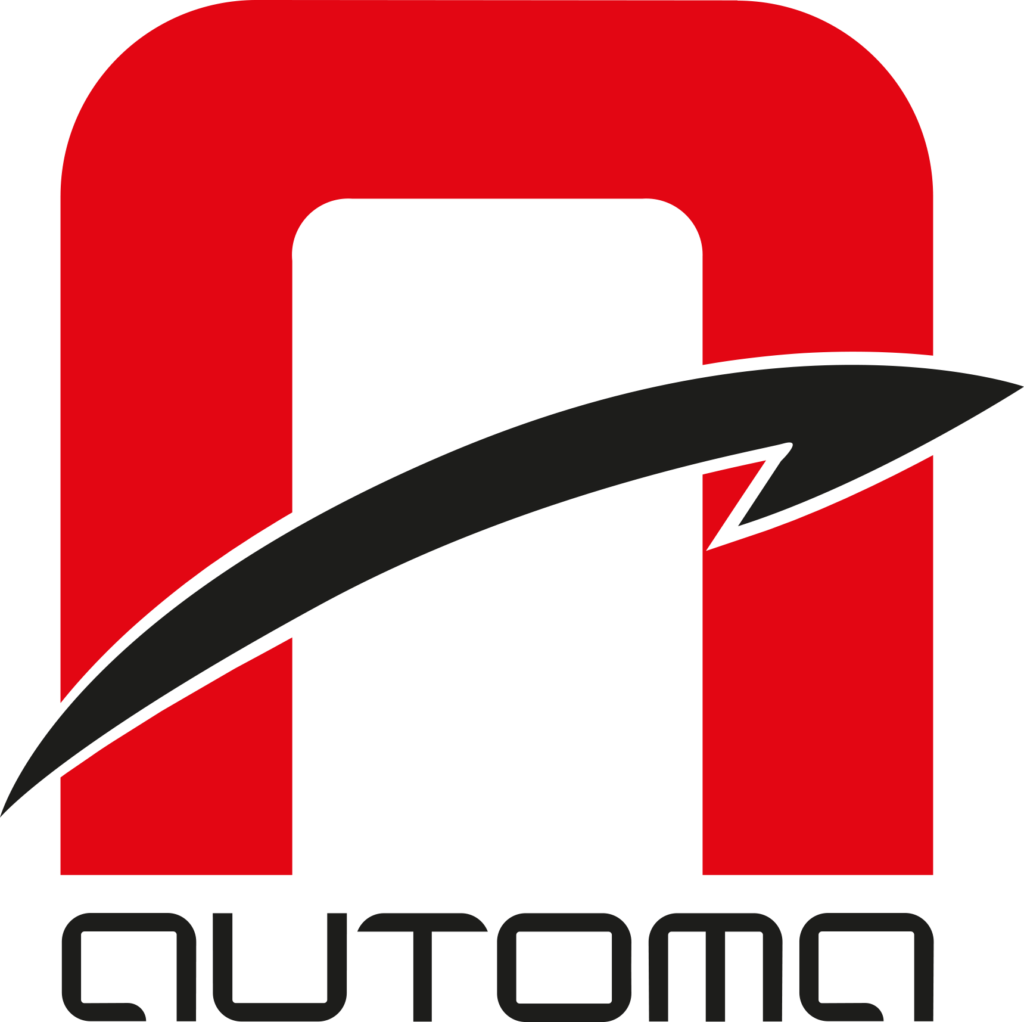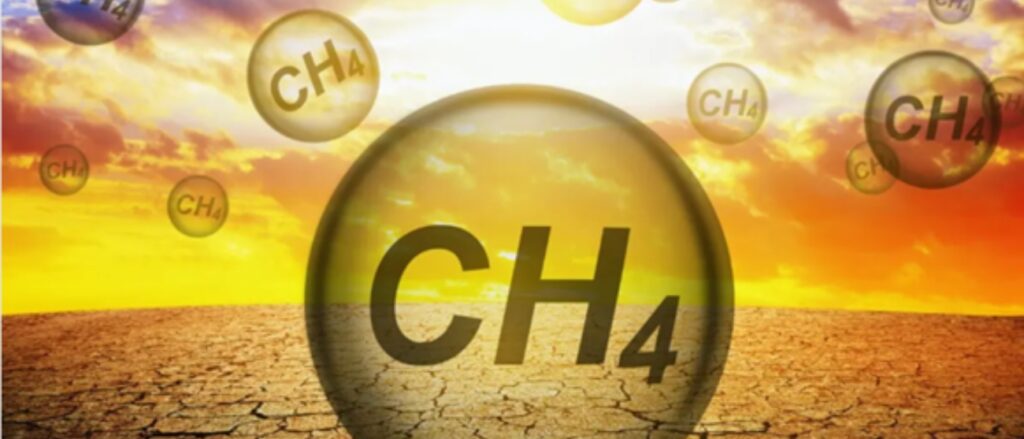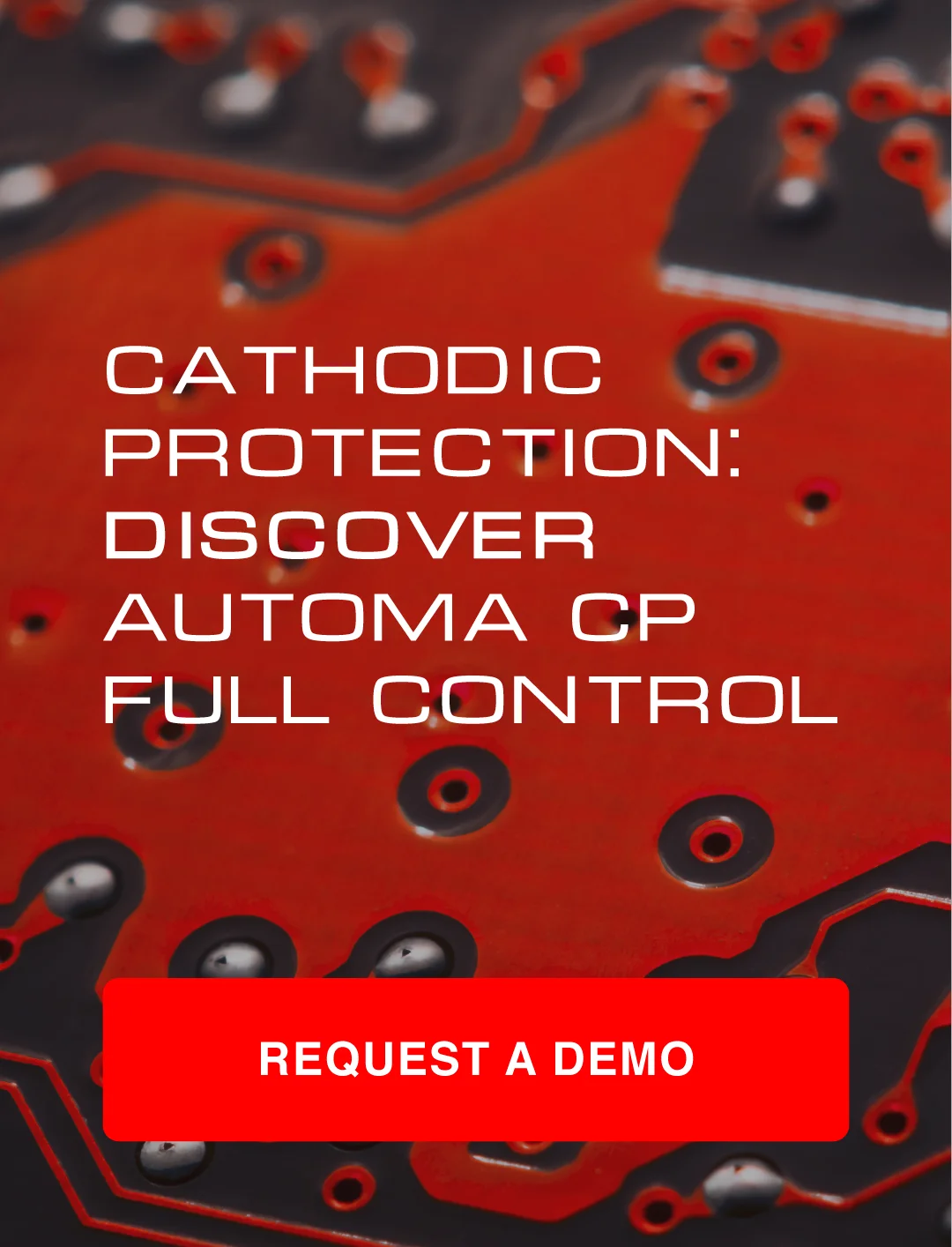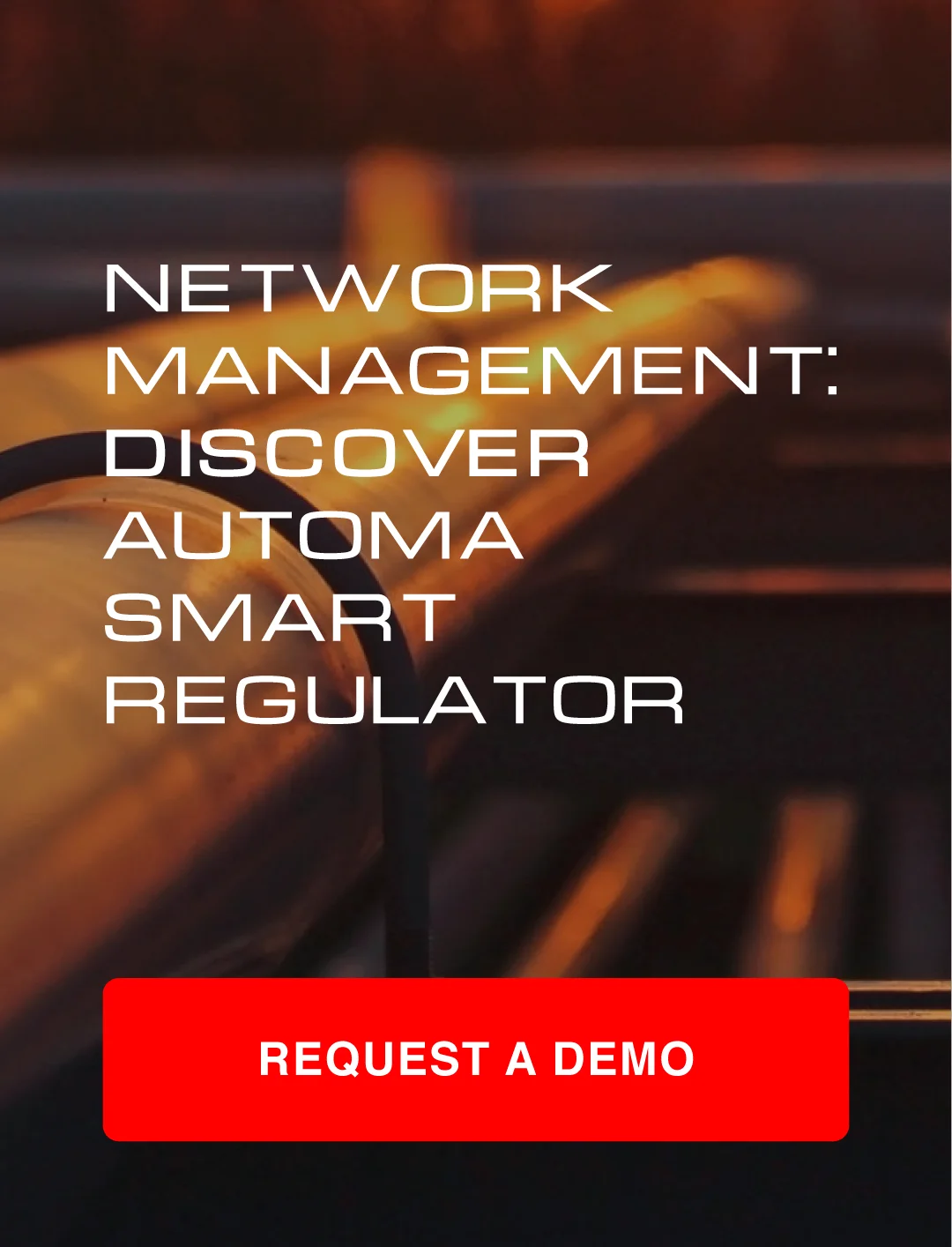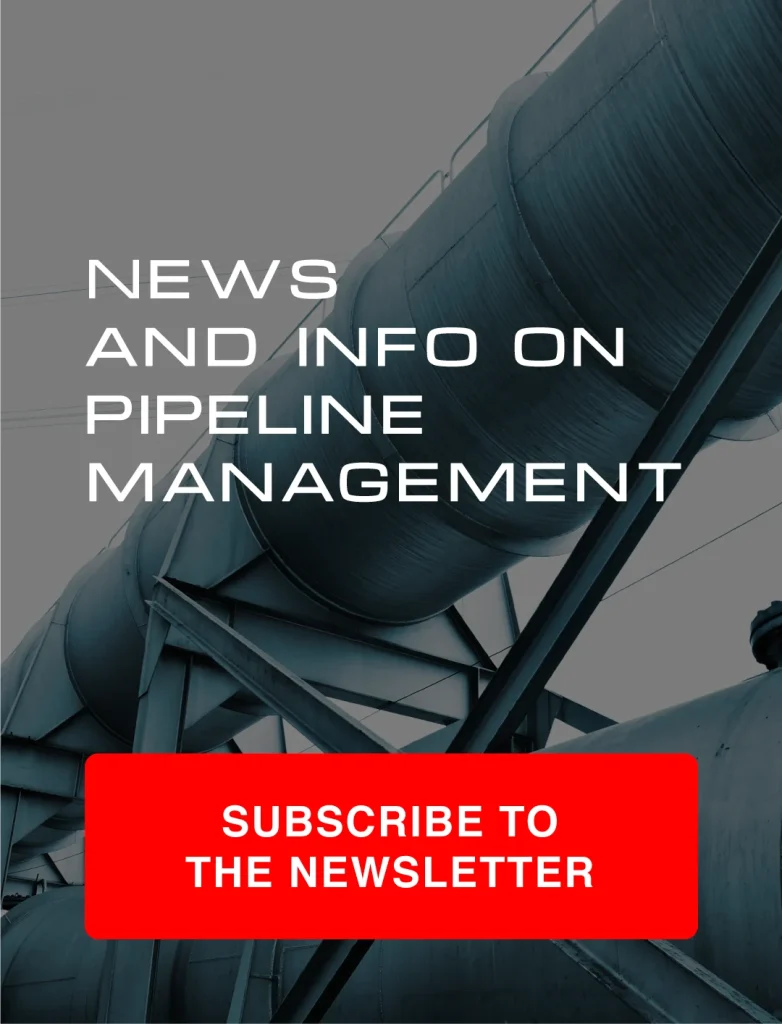By Cristiano Fiameni, Technical Director Italian Gas Committee
From the presentation ‘Methane emissions: regulatory updates’
SMART GRID DAYS 2024, 18 – 19 September 2024.
What are the new regulations regarding Methane Emissions that have been finalised and are becoming operational?
In the spring of 2024, Regulation 2024/1787 on the reduction of methane emissions in the energy sector was approved first by the Parliament, then by the Council, and finally published in the Official Journal on 15 July 2024, entering into force on 4 August 2024.
This Regulation has a huge impact: it is directly applicable and does not require national transposition.
The whole gas supply chain is covered, because the Regulation deals with very different industry sectors (just think, for example, of the storage or regasification system and how completely different it is from a city distribution system) and this leads us to foresee some elements of difficulty from the application point of view, because it is difficult to have a single rule that works for all situations.
Let us look in detail at some highlights to better understand the state of affairs.
Enforcement of the Regulation on Methane Emissions
Regulation 2024/1787 lays down standards for accurately measuring, quantifying, monitoring, reporting and verifying methane emissions in the EU energy sector, as well as for reducing them.
The reduction can be achieved through investigations to detect and repair leaks, repair obligations and restrictions on venting and flaring. The Regulation also establishes standards on tools that ensure transparency with regard to methane emissions.
The Regulation apply:
- the exploration and production of oil and gas, as well as the collection and processing of gas;
- the transport and distribution of natural gas, except for measurement systems at the points of final consumption and the parts of the service lines between the distribution network and the measurement system located on the property of the final customers, as well as to underground storage and operations in LNG terminals and plants.
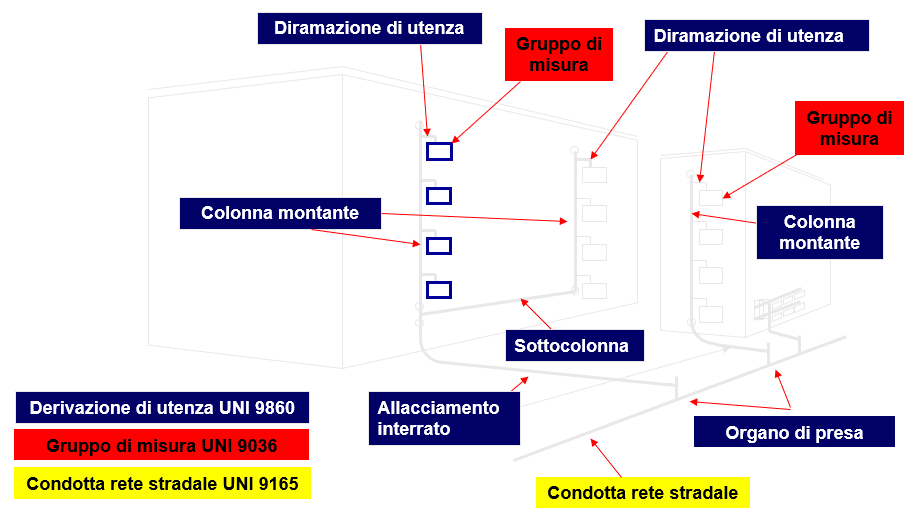
This applies to the entire supply chain concerning the distribution sector, therefore to the pipelines on public land, while measurement stations at the final customer are excluded.
With regard to utility connections, there are critical issues from an application point of view, because the Regulation apply to connections, butfrom the property boundary to the meter are excluded, whereas on public land they are included.
Applications: Article 15
With regard to Article 15 – Restrictions on Venting and Flaring, the Regulation remains structured as before: there is a substantial ban except for emergency or safety reasons.
This approach may be correct in an industrial environment, but in a city network the situation becomes more complicated. So, in this case, it will be necessary to pay the utmost attention to safety and, in some routine activities, it will be necessary to do a flaring instead of a venting.
The competent authorities: appointments and critical issues
One or more competent authorities must be appointed by the Member State six months after the entry into force of the Regulation (i.e. by 5 February 2025). The competent authority will have to monitor and ensure compliance with the Regulation. In some cases, it may also intervene in inspection programmes and may impose sanctions with respect to compliance or non-compliance with the requirements of the Regulation.
On the other hand, operators must submit the report containing the first quantification of emissions to the competent authorities within one year.
The situation becomes more complicated because Article 12 of the Regulation talks about how this quantification activity should be carried out with respect to the technical standards currently being developed and to the provisions of Article 32, stating that ‘Until the date of application of these technical standards or regulations, operators and companies shall follow the most advanced industrial practices and use the best available technologies for measuring and quantifying methane emissions’. It goes on to state that ‘operators and companies established in the Union may use for these purposes the latest OGMP 2.0 technical guidance documents approved by 4 August 2024’.
Harmonised standards: drafting and approval
In Article 32 of the Regulation, the Commission asks CEN (European Standardisation Organisation) to work towards harmonised standards for:
- the measurement and quantification of methane emissions referred to in Article 12(5);
- the Leak Detection and Repair investigations referred to in Article 14(1);
- the necessary equipment, as referred to in Article 15(3) and (5);
- the quantification of methane emissions referred to in Article 18(3);
Once CEN has completed its task, the Commission assesses whether or not the draft standard it has received complies with its request and, if so, the standards are published in the Official Journal. However, the Commission may still adopt delegated acts to establish further standards or parts thereof. The deadline for drafting these standards is spring 2027.
Leaks detection and repair: critical issues (and positive aspects)
By 5 May 2025 for existing sites (and within 6 months from the date of entry into operation for new sites) operators must submit a leak detection and repair programme (LDAR programme) to the competent authorities.
The timeframe is therefore a bit tight, because the authority must be appointed by February 2025, then in May operators must present the programme and by August they must have carried out the first inspection.
How does detection work? After carrying out a leaks search (reference is made to Annex I and II of the Regulation), operators shall repair or replace all components in which there is an emission at or above the specified levels. To understand better: in the worst cases we can be at levels that are 500 or 1000 ppm, which is a very low value.
Once leaks have been detected, repairs should be made immediately if possible. This requirement applies more easily to an industrial site than, for example, the gas network of a large city. The Regulation further state that ‘If it cannot be carried out immediately after detection, the repair shall be attempted again as soon as possible and in any case within 5 days of detection and shall be completed within 30 days of detection‘.
Any delay in the repair must be justified with a report, resulting in a major administrative burden, even disproportionate to the operational intervention required.
The Regulation does, however, leave a small window of opportunity if it can be shown that the leaks are small and difficult to repair, so that continued monitoring and repair could cause environmental damage that outweighs the benefit of repair.
Marcogaz pre-normative activity
Marcogaz, the international non-profit association that represents the European gas industry, has drawn up pre-normative documents on the best techniques to be implemented to carry out specific activities. The relative documents are available on the website https://www.marcogaz.org and can be downloaded free of charge: it’s a series of 9 BATs (Best Available Techniques) regarding ‘Venting and Flaring’.
In 2024, BAT 0 was published, ‘Introductory document to the Best Available Techniques to Reduce Methane Emissions from Venting and Flaring Activities in the Mid-downstream Gas Sector‘.
The other BATs will be:
- BAT 1 – Reduce pressure before venting
- BAT 2 – Mobile recompression
- BAT 3 – Stationary recompression
- BAT 4 – Flaring as replacement of venting
- BAT 5 – High bleed continuous pneumatics mitigation
- BAT 6 – Electrical or pneumatic air starters
- BAT 7 – Use of nitrogen to purge LNG pipes
- BAT 8 – LNG truck loading – dry coupling connectors
- BAT 9 – Excess flow valves in new service lines
In addition, a ‘Guidance for enhancing methane emission reduction and the application of the EU regulation on methane emission’ is being prepared.
At the regulatory level, an activity that started a few years ago on the emission quantification project is coming to an end, with three focuses:
- Gas infrastructure (the quantification and reporting part), regulated in Article 12 of the Regulation.
- Leak Detection and Repair, that is, how to carry out investigations and repair programmes, Article 14.
- Gas Infrastructure, that is, everything related to Venting and Flaring, Article 15.
As we have seen, the technical part supporting the operational articles of the Regulation is the subject of draft standards currently being developed at CEN level. The timeframe is not immediate, as these topics present two difficulties: an objective-technical one, because not everything is already available and consolidated, and an operational one, because at European level countries have different sensitivities.
Agreeing on the content of standards when there are varying national operational practices or regulations makes it even more difficult to conclude the task.
It should be noted, however, that there are many Italian experts who participate in these activities and try to make their own contribution.
The Italian Gas Committee, established in 1953, aims to improve safety and efficiency in the use of combustible gases. In 1960, it joined UNI, the Italian national standardisation body, thus becoming the official Italian body for standardisation in the fuel gas sector.
As an association comprising institutional and non-institutional members, the IGC covers with its members the entire supply chain, from gas import to transport, distribution, storage, utilisation, equipment, devices and installations.
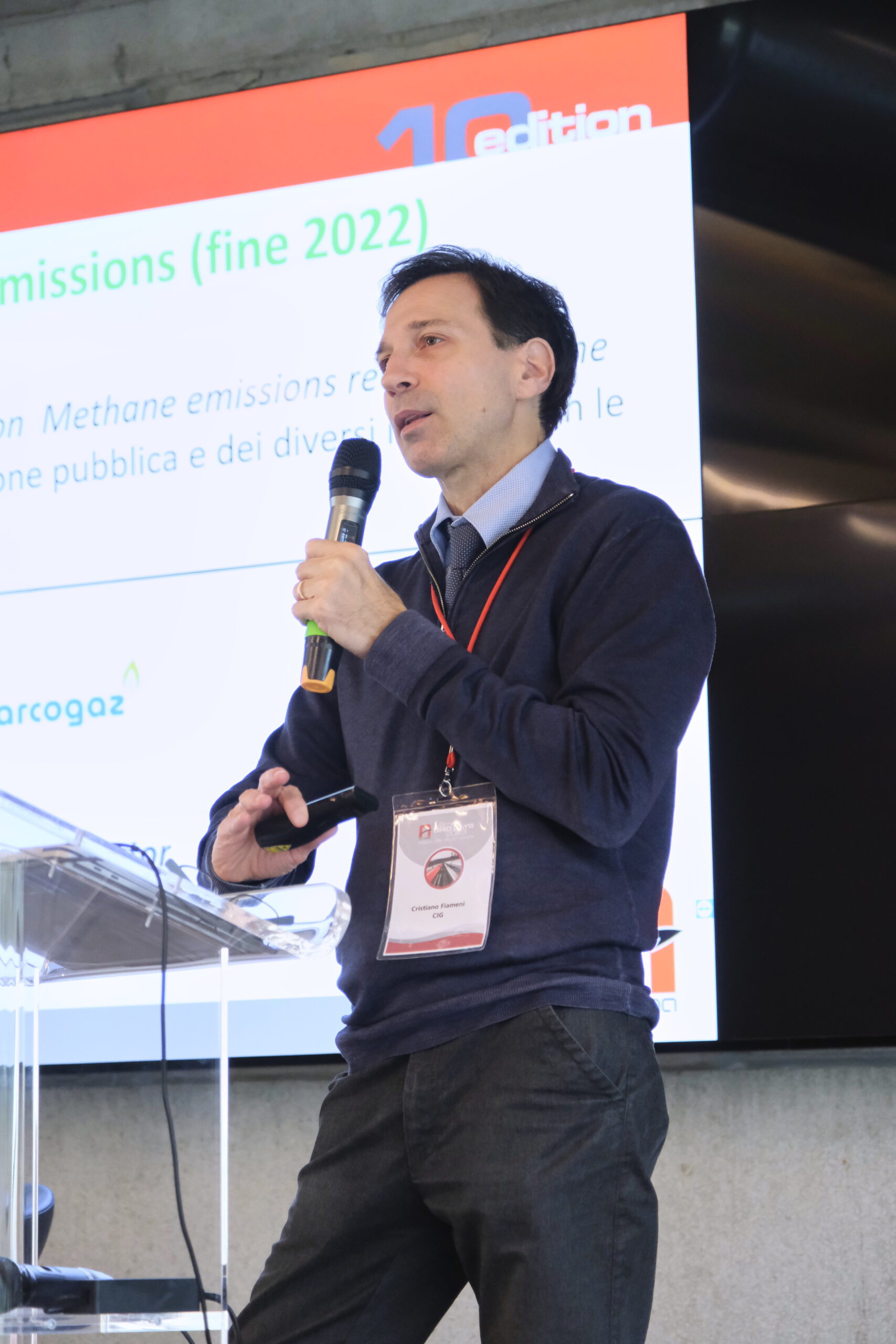
 Technical Director at the Italian Gas Committee
Technical Director at the Italian Gas Committee
Within the Italian Gas Committee, a federated body of UNI specializing in the field of combustible gases, Eng. Cristiano Fiameni is responsible for technical standardization activities and the development of provided services, including training, seminars, and events.
